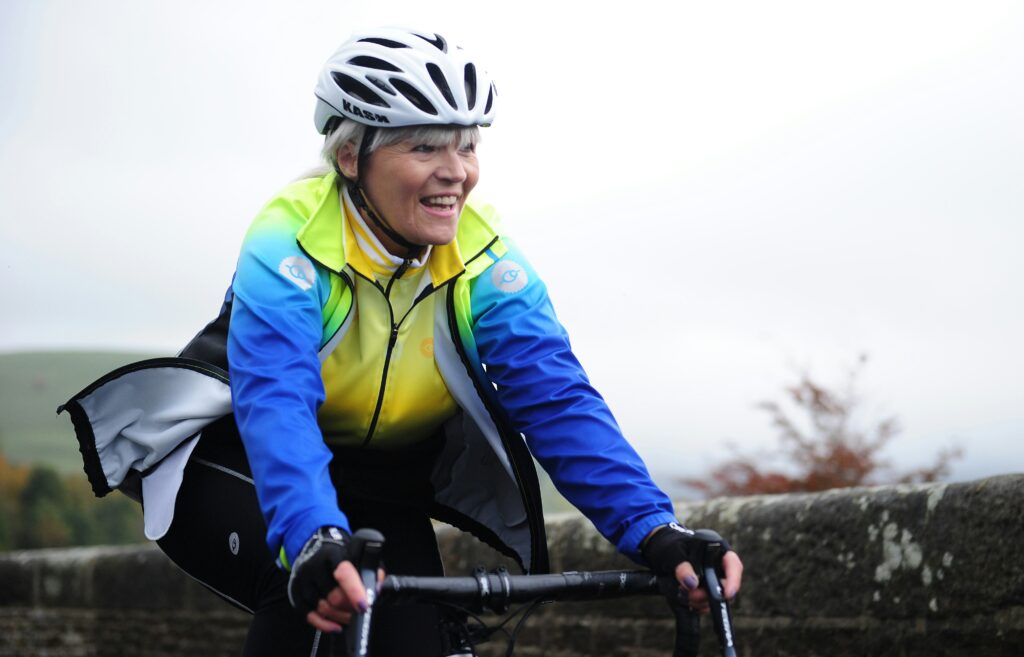Over 40 and Feeling Sore? You’re Not Alone

If your post-workout soreness feels worse than it used to—even when you’re training smart—you’re not imagining things. After 40 women, especially those in perimenopause or postmenopause, often experience increased delayed onset muscle soreness (DOMS) after exercise and training. And it’s not just new lifters who are affected. Even seasoned athletes find themselves hobbling down the stairs or wincing as they lower onto the toilet after a tough session.
This extended recovery period can make it tough to stick with a consistent workout routine. The cycle becomes: train → feel sore for days → take too long to recover → start over. Sound familiar?
The good news? You can absolutely break that cycle. Here’s how to feel better, recover faster, and build strength with less pain.
Why Recovery Gets Harder in Midlife
Hormonal Shifts Change the Game
Once you hit your 40s, fluctuating estrogen levels (and eventually the lack of estrogen post-menopause) make it harder for your body to repair and recover from physical stress. Estrogen has anti-inflammatory properties, so its decline increases general musculoskeletal pain and inflammation after exercise.
This is so common there’s even a name for it: the musculoskeletal syndrome of menopause, a term popularized by the Feisty Menopause community. It’s not in your head—it’s hormonal.
How to Make Exercise Hurt Less After 40
1. Prioritize Warm-Ups, Cool Downs, and Mobility
Gone are the days when you could hop into a workout cold and bounce back like nothing happened. If you’re skipping a proper warm-up or cool-down, you’re missing a critical piece of the recovery puzzle.
Use your rest days for active recovery, not couch time. Gentle movement—like walking, yoga, or mobility work—can reduce stiffness and improve circulation. Consider exploring Functional Range Conditioning (FRC) to systematically improve joint health and reduce chronic soreness.
Pro tip: A daily mobility practice can reduce DOMS and make your next workout feel a lot more doable.
2. Sleep Like It’s Your Job
Sleep is your body’s number-one recovery tool. During deep sleep, your body releases growth hormone, repairs muscle tissue, and resets your nervous system.
Women in midlife often struggle with sleep, thanks to hormone changes. But improving your sleep hygiene—cool room, consistent bedtime, fewer screens—can boost recovery and help reduce post-workout pain.
Bonus benefits: better mood, improved immune function, and stronger workouts.
3. Fuel Before and After Workouts
Nutrition is a non-negotiable, especially after 40. Your muscles need protein to repair, and carbs to refuel. Aim for 30g of protein per meal, and prioritize a protein-rich snack after tough sessions.
Key supplements to consider:
-
Branched-chain amino acids (BCAAs), especially leucine, for muscle repair.
-
Creatine monohydrate (3–5g/day) to reduce inflammation, preserve strength, and support bone health in menopausal women.
Research on protein and DOMS in midlife women is still emerging, but anecdotal evidence is strong: protein works.
ADVERTISEMENT

Additional Strategies to Ease Soreness
Eat an Anti-Inflammatory Diet
Nutrient-rich foods can help manage inflammation and support recovery. Focus on:
-
Colorful fruits and vegetables
-
Omega-3 rich foods (like salmon, walnuts, chia seeds)
-
Spices like turmeric and ginger
Stay Hydrated
Dehydration can worsen muscle soreness. Aim for at least 2.7 liters (11.5 cups) of water per day—and more if you’re active or training hard.
Try Cold Therapy—With Caution
Cold plunges and cryotherapy are trending, and for good reason. Cold water immersion may reduce inflammation and soreness after cardio workouts. But be careful: cold therapy right after strength training may blunt muscle gains—something postmenopausal women can’t afford to lose.
Use Massage Tools
Massage sticks, foam rollers, and percussive therapy devices can all help reduce DOMS. They promote circulation and relax tight muscles, making your recovery feel faster and smoother.
Other Important Considerations
Think About Hormone Therapy
If joint pain and inflammation are affecting your quality of life, talk to a menopause-informed specialist about hormone replacement therapy (HRT). Many women find symptom relief, including reduced musculoskeletal discomfort, with the right hormonal support.
Note: Don’t rely on your GP or OBGYN alone—find a practitioner who specializes in perimenopause and menopause care.
Check Your Thyroid
An underactive thyroid (hypothyroidism) is common in women over 40 and can make recovery from exercise even harder. If soreness persists despite rest, recovery, and proper fueling, ask your doctor to check your thyroid levels.
Final Thoughts: You’re Not Broken—You Just Need a New Playbook
Feeling soreness after exercise in your 40s and beyond is normal—but it doesn’t have to derail your training. Understanding your changing physiology, adjusting your approach to recovery, and fueling wisely can help you feel strong and confident again.
Midlife fitness isn’t about doing less—it’s about doing it smarter. Take care of your recovery, and your workouts will start to feel good again.
ADVERTISEMENT

As a lifelong athlete and sports medicine specialist, I've dedicated my career to helping women stay active and injury-free through proper coaching and strength training. My journey from collegiate sports to triathlon success, even while navigating perimenopause, has fueled my passion for empowering women to achieve their best performance at any stage of life. Now, I’m committed to guiding others in the endurance community to reach their full potential, no matter the challenges they face.








